1. Overview
Hoi An Ancient Town is the most charming place in Central Vietnam, with the 18th-century architecture in the old town attracting tourists from all over the world to come here to explore. In December 1999, Hoi An Ancient Town was officially recognized by UNESCO as a World Heritage Site. Exploring Hoi An on foot is the best way to admire the beauty of this old trading port. Free walking tour Hoi An will provide walking tours that help you experience the depth, authenticity, and richness of the culture and architecture here, led by locals who are knowledgeable about Hoi An.
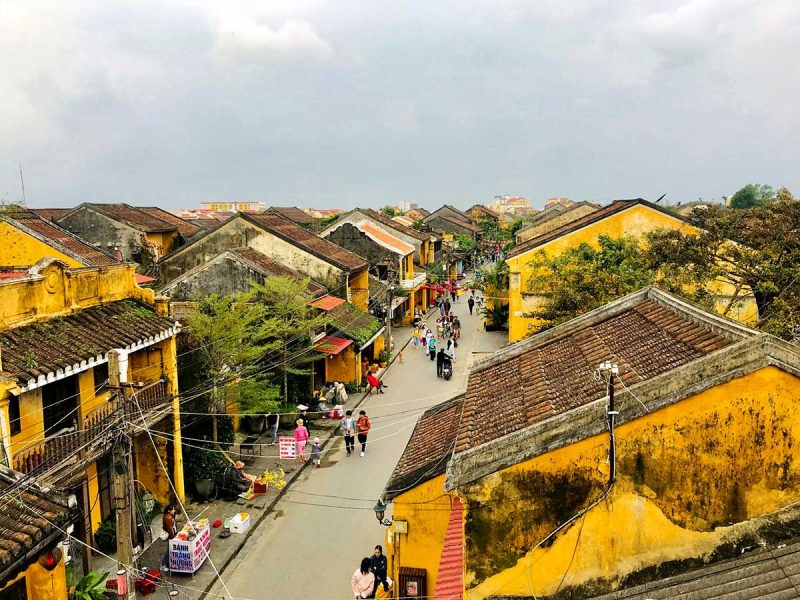
2. Things to know about Hoi An free walking tour
The Hoi An Free Walking Tour is a tour with tour guides made up of mostly university students and locals. These tours not only lead visitors to famous attractions in Hoi An Ancient Town, such as Hoi An Market, Covered Bridge, Tan Ky Ancient House, Phung Hung, and Phuc Kien Assembly Hall, but also tell historical stories rich of these places from a local perspective.
To ensure that all visitors can enjoy these enriching experiences, free walking tours in Hoi An typically maintain small group sizes to facilitate meaningful interaction between tourists and tour guides. Regarding language, all free walking tours in Hanoi have English-speaking guides.
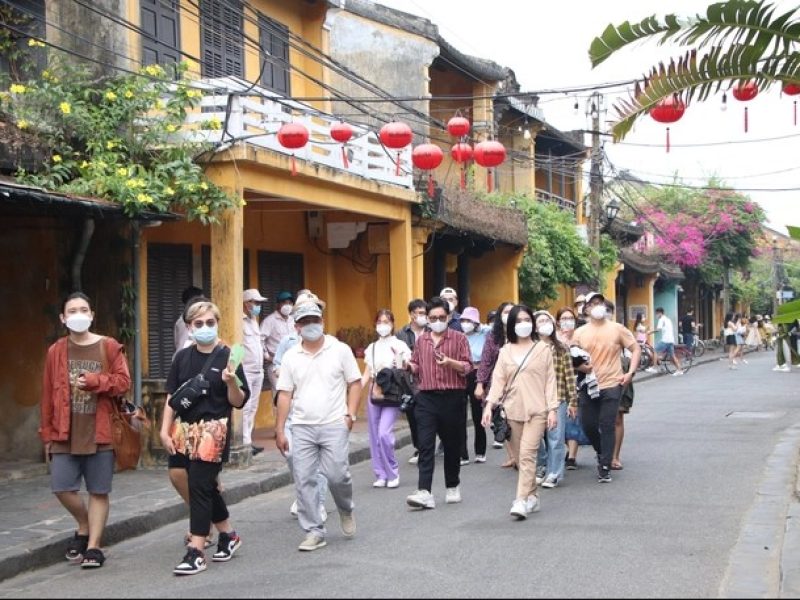
How much will you pay for a free walking tour? There are no upfront costs to book a free walking tour in Hoi An. However, you will have to pay for services incurred during the trip, such as transportation, entrance tickets, food, drinks, etc. It’s not mandatory to leave a tip after the tour, but it’s a great way to show your gratitude to the masters who accompanied you throughout your trip.
A free walking tour in Hoi An is one of the great options for you to experience the wonderful culture in Hoi An. These tours are budget-friendly and often flexible in terms of group size. Some operators can adjust the number of participants if required or combine tours with other travelers if needed, allowing for your privacy or interaction as desired.
3. Top 5 Best Place That You Will Experience On The Free Walking Tour Hoi An
3.1. Hoi An Market
Hoi An Market is located at the crossroads intersection of Tran Quy Cap, Tran Phu, Bach Dang, and Nguyen Thai Hoc streets. It is a prominent market with French-style architecture. Hoi An Market is located in the heart of the old town, a bustling culinary paradise and a tourist destination that makes it difficult for many tourists to leave once they get lost. Not just a trading place, this place possesses many unique architectural features of ancient Vietnam.
In addition, when you come here, your tour guide will take you to a local arts and crafts location and help you learn how to make colorful lanterns. Local people will be your guides and create the typical lanterns of Hoi An.
- Address: 19 Tran Phu Street, Cam Chau Ward, Hoi An City, Quang Nam Province
- Open: 6:00 a.m – 22:00 p.m
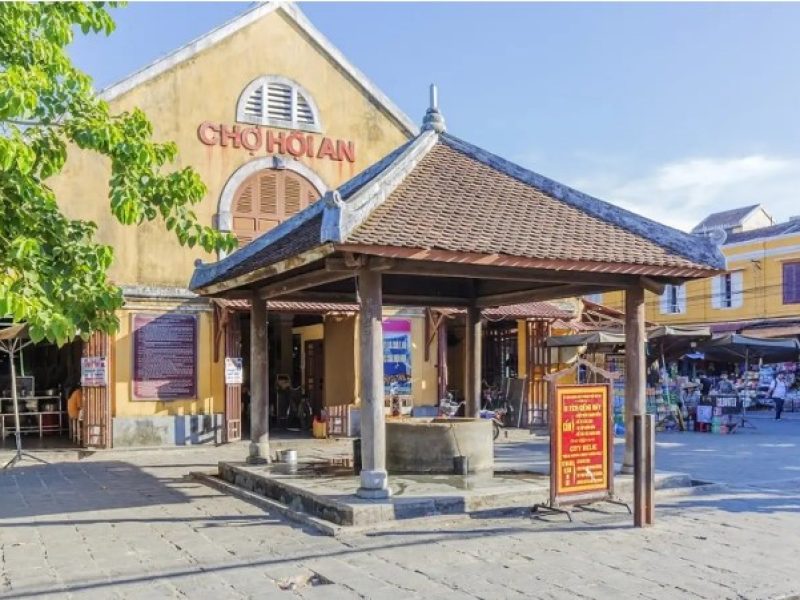
3.2. Chua Cau
Chua Cau was built across a small branch of the Thu Bon river, connecting Nguyen Thi Minh Khai Street and Tran Phu Street, the main roads of Hoi An ancient town. Chua Cau is also known as the Japanese Bridge or Lai Vien Kieu. Chua Cau in Hoi An was built in the 17th century by Japanese merchants who contributed money.
Chua Cau is associated with the legend of the monster named Namazu. Accordingly, its head is located in India, its body is in Vietnam, and its tail is in Japan. Therefore, every time the monster moves, floods and earthquakes often occur. This pagoda was built with the idea of a sword blocking the monster’s back. Therefore, it will not be able to move and cause chaos in human life. From then on, the three countries will always be peaceful and prosperous.
In 1990, Chua Cau was recognized by the state as a national historical-cultural relic, and its image is depicted on Vietnam’s current 20,000 VND polymer banknote.
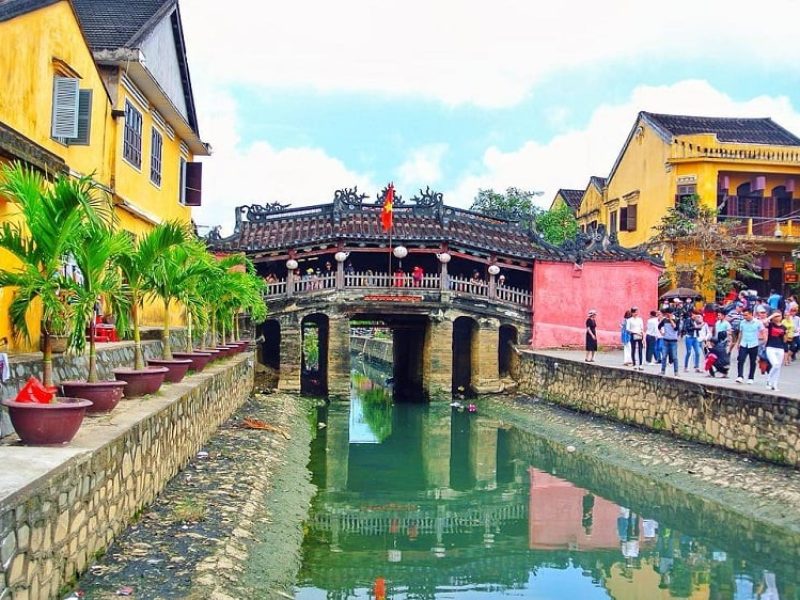
3.3. Ancient house Tan Ky
Tan Ky ancient house is located right in the ancient town of Hoi An, first built in 1741 by a Chinese businessman at the time named Le Cong. Later, his descendants named the house Tan Ky. The ancient house is more than 200 years old, guarded by 7th-generation descendants, with most of the architecture still well preserved despite experiencing many natural disasters. In 1990, Tan Ky ancient house was officially recognized as a world cultural heritage by UNESCO and, at the same time, honored as a national historical and cultural relic.
Tan Ky Ancient House in Hoi An is a skillful and harmonious combination of three architectural styles: Japan, China, and Vietnam, preserving many precious antiques with a positive outlook on life to remind future generations. There are valuable lessons about being human, kindness, decency, and meaning. That’s why the old house has become an attractive tourist destination for domestic and foreign tourists.
- Address: 101 Nguyen Thai Hoc Street, Minh An Ward, Hoi An City, Quang Nam Province.
- Open: 08:30 a.m – 17:45 p.m
- Ticket price: 1.44 USD/time/person
- Tour duration: about 20 minutes
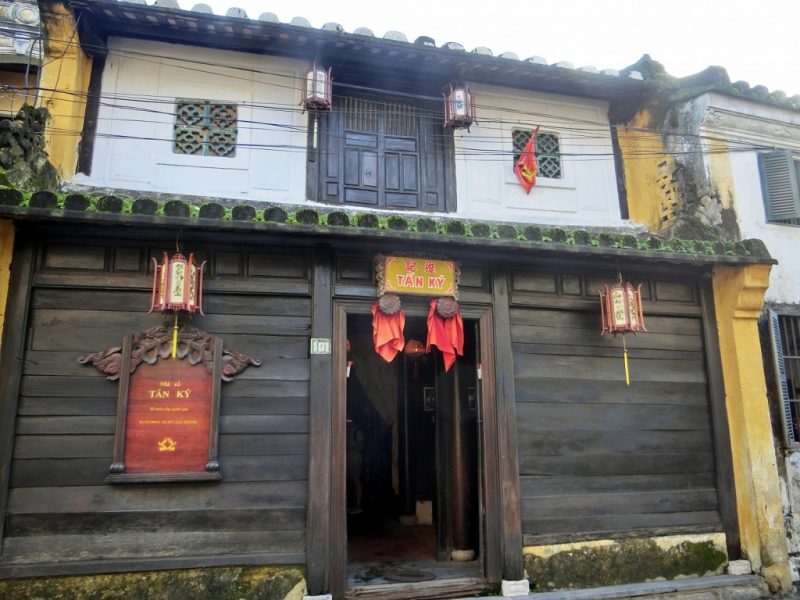
3.4. Phung Hung ancient house
The Phung Hung ancient house stands out with its unique ancient architecture, imbued with Asian colors and imprints. Phung Hung’s ancient house was built in 1780. At that time, the port city of Hoi An was in a period of prosperity and development. That’s why, when visiting the house, we see that the busy and bustling time of the ancient town seems to be coming back to life. On June 29, 1993, the Phung Hung ancient house was honored to be certified as a National Historical-Cultural Monument.
The owner of the house is a Vietnamese businessman. He built it with the aim of becoming a long-term business place with items such as cinnamon, pepper, salt, porcelain, glass, etc. Wishing that his family’s business would increasingly prosper, the businessman ordered The name for the house is “Phung Hung” also the name of his business shops.
- Address: 4 Nguyen Thi Minh Khai Street, Hoi An City, Quang Nam Province
- Open: 8:00 a.m – 18:00 p.m
- Ticket price: free.
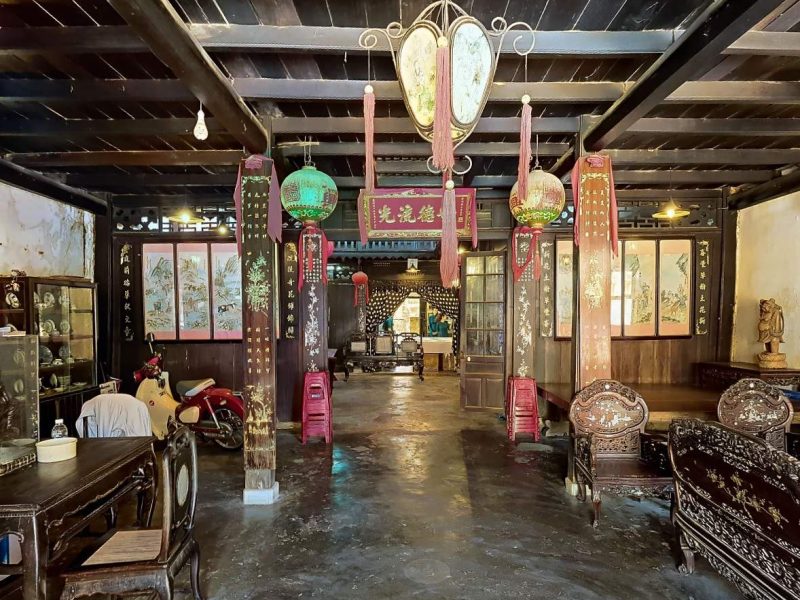
See more:
3.5. Phuc Kien Assembly Hall
Phuc Kien Assembly Hall was built in 1690 by people from Phuc Kien (China) who moved to Hoi An to live and create. Previously, the Assembly Hall was built entirely of wood, and then in 1757, it was rebuilt with bricks and a tiled roof as it is today. Hoi An Phuc Kien Assembly Hall is a place to worship Lady Thien Hau Thanh Mau and the protective deities of rivers, water, money, children, and ancestors, and it is a meeting place for the mutual help of compatriots from Fujian.
Phuc Kien Assembly Hall is most crowded on holidays and full moon days, On the days of Nguyen Tieu (January 15 of the lunar calendar) and Via Thien Hau (March 23 of the lunar calendar), many festive activities will take place at the Assembly Hall. Therefore, you can choose a suitable day to go to Phuc Kien Assembly Hall and enjoy the festive activities here.
- Address: 46 Tran Phu Street, Cam Chau Ward, Hoi An City, Quang Nam Province.
- Open: 7:00 a.m – 18:00 p.m
- Ticket price: 3.28 USD / person (for Vietnamese guests) and 6.16 USD/ person (for international guests).
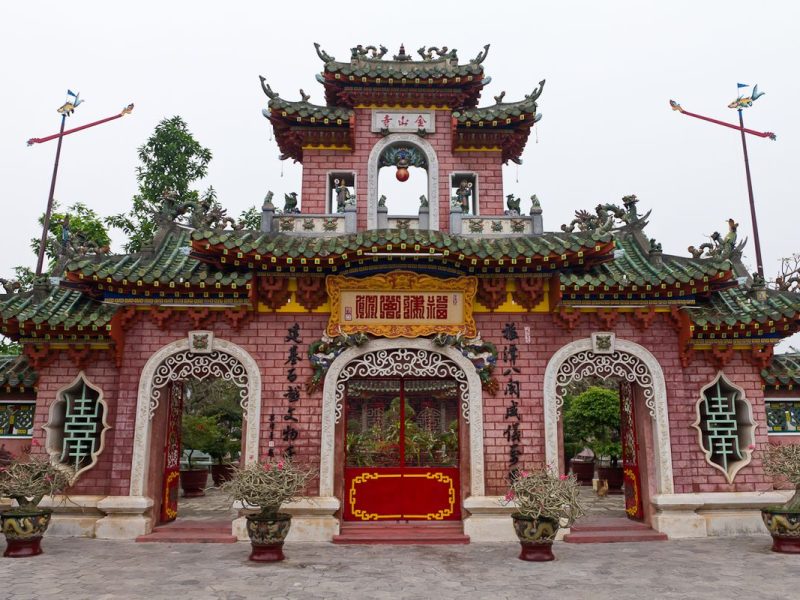
You can learn more about Metta Voyage’s scheduled tours to explore Hoi An at the links below:
Danang – Hoi An – Bana Hill Classical Tour
Farming & Fishing Life In Hoi An Ancient Town
4. Conclusion
Over hundreds of years and despite the harsh weather, Hoi An still exists and retains its ancient, quiet beauty. Walking around the old town, you will admire the simple, rustic lifestyle and windflower trellises covering the houses. Surely this free Hoi An walking tour will bring you wonderful moments. If you have any questions about the trip, you can contact Metta Voyage immediately.
5. Contact us
Website: www.mettavoyage.com
Email: info@mettavoyage.com
Hotline 24/7: + 84 989 383 572

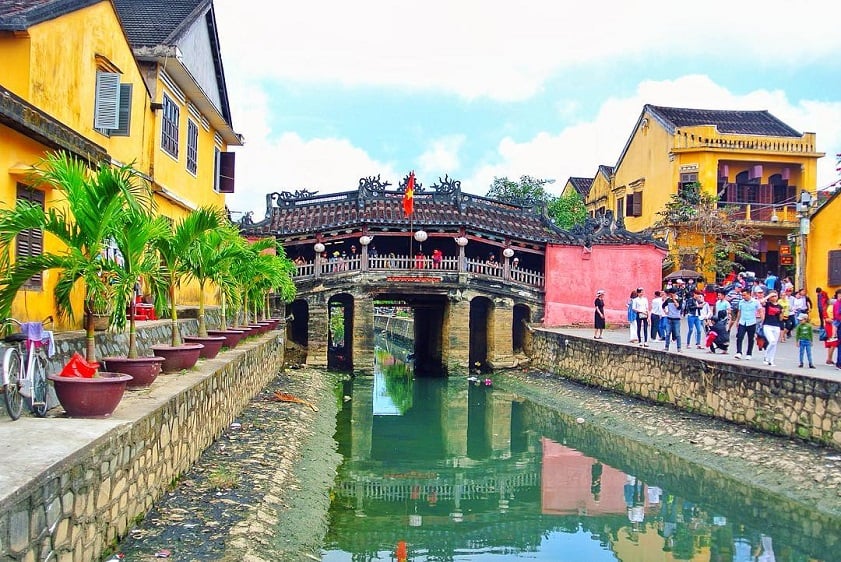

0 Comment